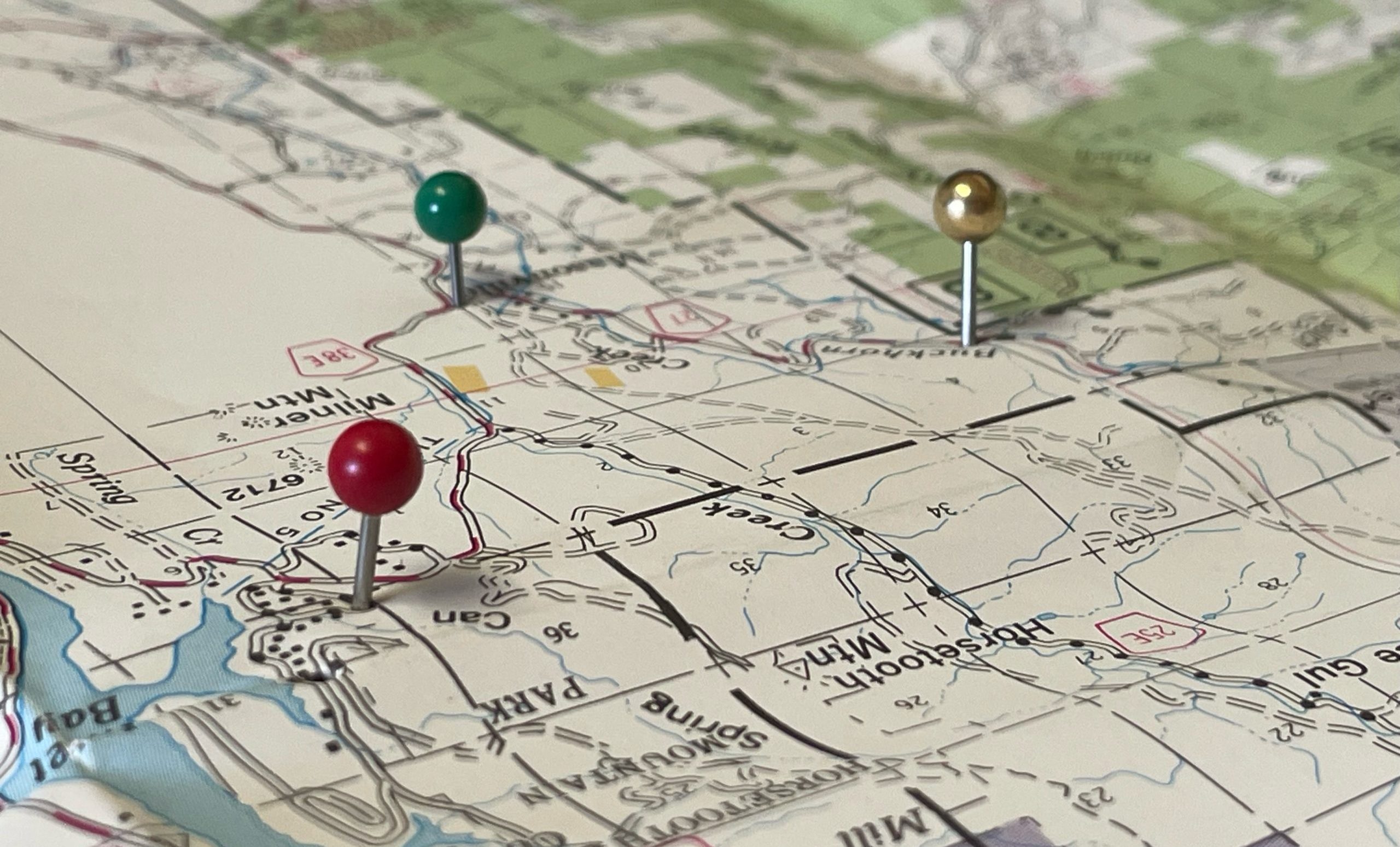Last year, I partnered with Department of Interior (DOI) University to create a leadership program in the Denver area. We utilized different DOI sites as the “classrooms” to expand knowledge and understanding of why particular agencies are part of DOI. The Fish & Wildlife Service, U.S. Geological Survey, Bureau of Reclamation, and National Park Service hosted the cohort. Some participants were from other DOI agencies, which enhanced the learning environment as they discussed their respective agency and its mission.

RESPONSIBILITIES & MISSION
Highlighting employee contributions to agency mission was a program objective. Employees shared how their efforts overcame current challenges, celebrated successes, and influenced future goals. They painted the bigger agency picture, such as describing different operational branches and their functions.
WHY ARE YOU HERE?
Engaging with onsite employees allowed for exploring why agencies exist in the first place. Historical context provided participants the foundation to understand what it meant to visit the hosting DOI site. Building this awareness was important, as many participants had never interfaced professionally with the host agencies before.
SIMILAR YET DIFFERENT
Participants learned why certain agencies are placed within their respective departments. Agency missions can have some overlap, yet carry their own uniqueness. Teasing out commonalities and differences were important distinctions to highlight and reflect how agencies compliment one another yet stand on their own.
LEADERSHIP IN ACTION
Participants experienced leadership in action by learning about how employees move their agency’s mission forward every day. Some participants worked for hosting agencies and thus gained more perspective about their agency’s role and involvement with projects in a different agency region than their own.
YOUR TURN?
Utilizing your own office locations and duty stations for leadership development can yield positive results to employee understanding and appreciation for your organization and its individual parts. While my example involves national organizations, this is scalable. Cities, counties, and states around the country are large enough to replicate this model. Here are tips to get started:
- Identify locations to potentially be a “classroom”. Consider what functions are accomplished at each location, and think through what leadership lessons can be conveyed through the location and local employees.
- Network with staff at each location. Discuss highlighting their workplace as part of the program. From my experience, people were really excited to be involved. Share what you’re trying to achieve.
- Think about how the site visits can flow together best for scheduling, timing, and travel. We used a shuttle bus to transport participants and learned a lot about which locations worked well and which ones didn’t.
- For your curriculum design, visit each site beforehand to meet staff involved with program support. It’s very valuable to see facilities, determine drive times, lunch options, etc.
The highly successful DOI program celebrated employee leadership efforts, built awareness of agency missions, and explained why participants are a part of DOI. You too can build a leadership development program, which weaves the fabric of your organization tighter by using your own spaces and places for experiential learning.
Matt Wallat serves as a District Ranger with the National Park Service (NPS) in Colorado. His 20-year career spans eight different NPS units in six different states with assignments in patrol, investigations, program management, court liaison, training officer, and supervisor for 11+ years.
With a strong background in employee development as an agency instructor, Matt continues to evolve with his coaching practice, creating leadership training programs, engaging in curriculum design work, and leading a recent international training program in Tanzania. He enjoys family time and many other interests including fly fishing, creative DIY projects, music, craft beer and Boston sports.





Leave a Reply
You must be logged in to post a comment.